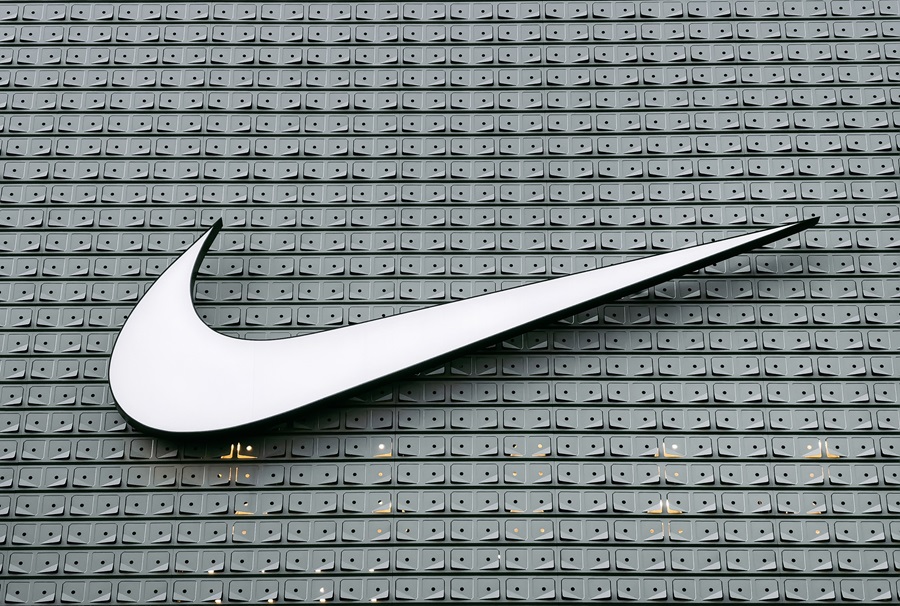While Nike is the 13th most valuable brand globally, they could well become a future member of the Top 10 Kantar BrandZ Most Valuable Global Brands. Nike’s focus on inclusion in both its marketing and corporate strategy has reinforced its positioning as a leader and a force for good. At the same time, their clear community agenda and the “everyday” athlete appeal has instilled a sense of purpose beyond profit. Why are they the runaway apparel brand unmatched by any other?
The Stats Are Amazing
In 2021, Nike’s fiscal fourth-quarter earnings and sales were fueled by revenue in its largest market, North America. Digital sales were up 41% compared with the prior year and rose 147% compared with the same period in 2019. Profits soared 196%, best in the company’s history.
Nike is an apparel brand that fits the zeitgeist: consumers are seeking comfortable clothing to wear for workouts but also around the house where they may still be working at least part time. Even as people returned to schools, offices and other social settings, many continue with their relaxed clothing options and favor sneakers and stretchy pants. Will women ever go back to carrying heels to work while wearing Nikes for the commute? Chances are the “trainers with dresses” look is a mainstay, rather than a fashion moment.
Nike also saw a boost to its wholesale business and sales through retailers like Dick’s and Foot Locker as shopping malls and department stores reopened.
Direct and Digital Sales: A Winning Approach All Around
While many apparel manufacturers struggle with maintaining brand equity and margins when selling through retail behemoths like Target, Walmart and Amazon, Nike has chosen to focus on direct sales. Nike’s direct sales from its own stores including digital were up 32% reaching over $16 billion and representing 37% of total revenue in their Q4 of 2021. Last year Nike Direct was 33% of total revenue. Their CEO has stated that the company is committed to reaching 50% digital business by 2025.
Another manifestation of the digital strategy is the SNKRS app that blends content and commerce in a major way. The app experienced nearly 80% growth in monthly active members from March-May 2021 and now boasts 300 million members.
Direct sales also have a super important impact for Nike: they own the rich trove of customer data that comes from that one-to-one relationship. This will only serve them well as various privacy initiatives force companies away from third to first party data.
It is a Complete Lifestyle Ecosystem, Not Just Apparel
Nike, with its brand valuation of $110 is the top apparel brand in Kantar’s BrandZ. Its competitors are far, far behind. Number-two Zara has a brand valuation of $25 million, Adidas, 24 million, Lululemon $20 million, Uniqlo $14 million and H&M $7 million.
Nike has thrived as they have developed their own ecosystem and content suite that includes fitness tools, fan communities, and the SNKRS shopping app - all of which work together to provide the brand with rich consumer profiles and dynamic marketing opportunities. Brands have long aspired to build interactive “brand universes”. Nike is a case study in how it pays to have one.
Nike and Its Brand Power Slays the Fast Fashion Universe
Does the rise of ultra-fast fashion brands spell trouble ahead for a more established fashion brand like Nike? Not necessarily. The ultra-speedys have, as of yet, failed to meaningfully crack the athletic performance space. Brands like Nike built up a reputation for innovation, quality, and reliability that allow them to command meaningful premiums in the market. They earn profits of a magnitude that dwarf the ultra-fast players.
Another advantage established players like Nike currently enjoy over ultra-fast fashion brands is their ownership of “hero products” that drive repeat, premium-tier sales. Nike’s Jordan range is a “star player” can easily be mashed up with of-the-moment trends in color and design. An asset like this also stands apart from the trend landscape, as it trades on more “timeless” propositions. Think too of how “sneakerheads” pay attention to each new drop, but also use platforms like DePop to sell shoes they bought years ago.
A Brand for Today, and All Time
Timely, and timeless: Nike offers both at once. Nike has used marketing to support the notion that everyone’s an athlete and can “just do it”, a life-affirming message that resonated even more as the world emerged from pandemic lockdowns.
Kantar BrandZ shows that brands building strong equity perform better both during and after economic disruptions. Nike is a supreme example of this. They lock down trust and are a haven of stability and safety during disruptive times.
More than in the past, brands today must build trust on the basis of societal performance, not just product performance. In the best examples, social purpose is integrated throughout the entire organization. Nike exemplifies this principle. Their ongoing commitment to inspiration and innovation focuses on everyone, not just high-performance athletes. They are a brand, but also an inspiration with particular appeal to women, girls, and minority communities.

